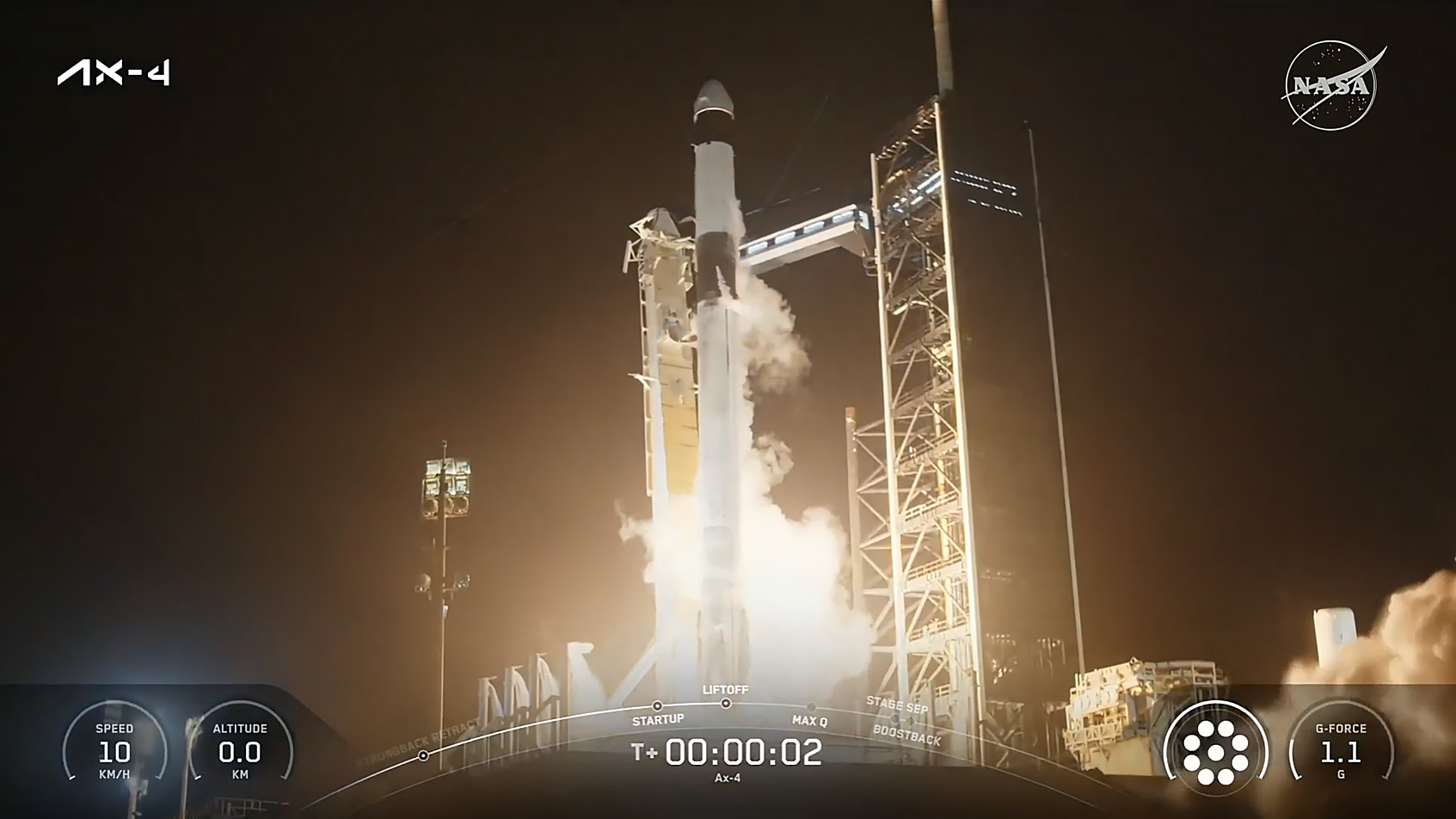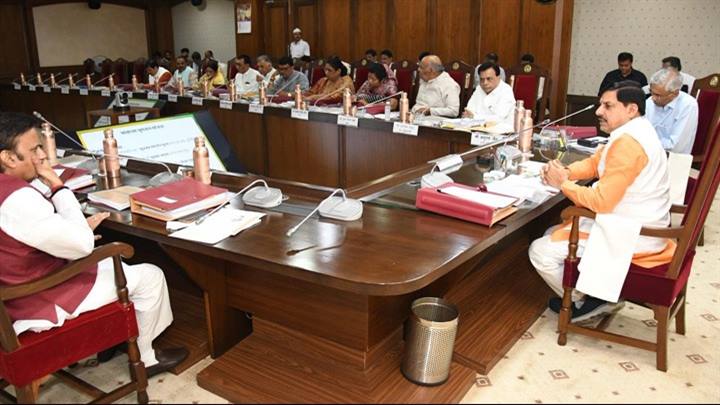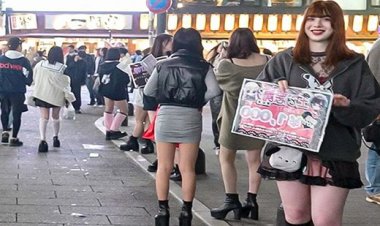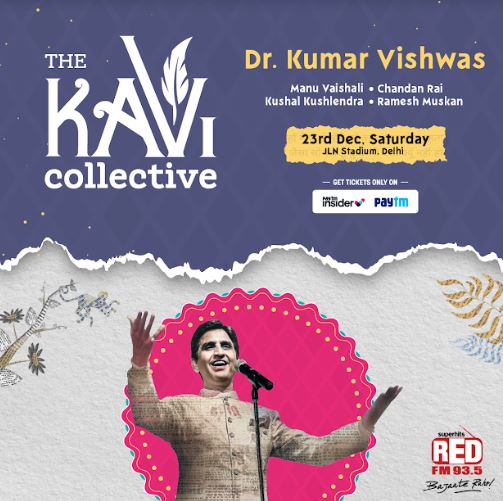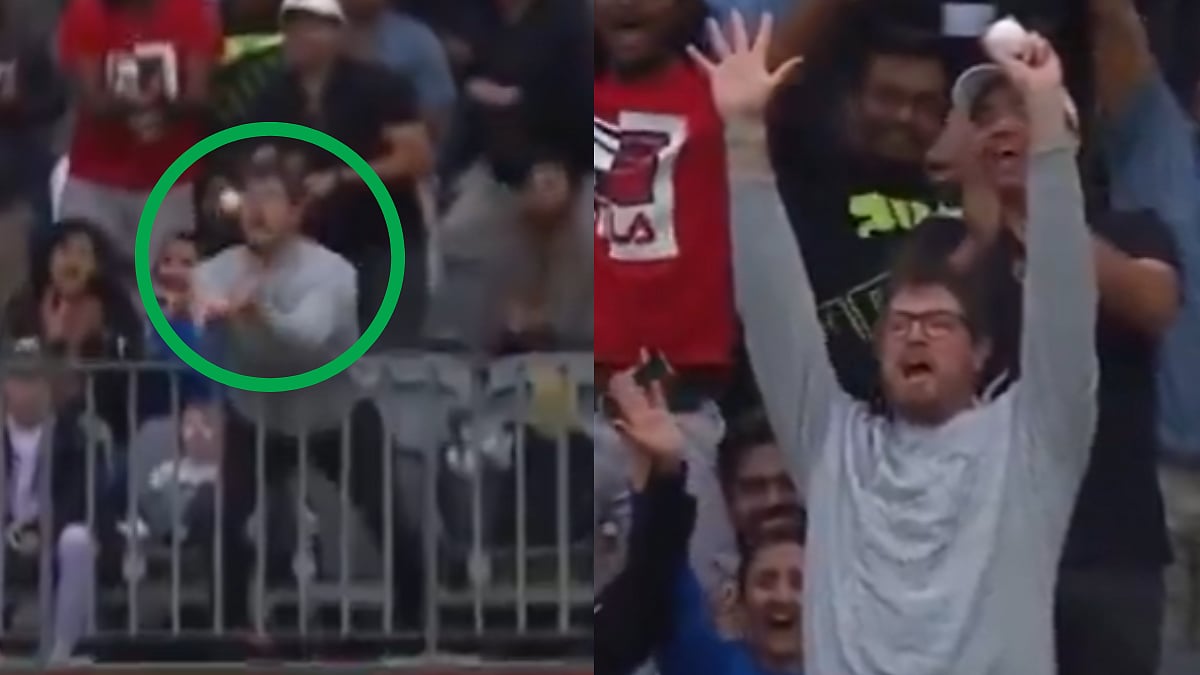India votes: How its 970 million citizens will choose the world's next superpower
The largest democracy begins a weeks-long process to choose the new prime minister and 543 members of the lower house of parliament.

On Friday, India heads to the polling stations for the first of seven phases of its 18th Parliamentary elections, a process that will stretch until June 4. Around 968 million people –more than the population of the EU, US and Russia combined– are entitled to cast ballots to determine who gets to sit in India’s lower house of parliament, the Lok Sabha, and who will become India’s next prime minister.
The Lok Sabha, with 543 seats, is the more powerful lower house of Parliament. It passes laws, holds the government accountable by introducing and passing motions of no-confidence, holds the reins of financial control (having sole authority over taxation, borrowing, and spending), and wields more influence in legislative affairs.
Whichever party or coalition clinches a majority in the lower house gets to appoint the prime minister. As in the cases of former prime ministers Manmohan Singh or HD Deve Gowda, that appointee can also be a member of the Upper House, the Rajya Sabha. The prime minister then selects cabinet ministers.
The term of service in the Lok Sabha is five years, unless mid-term elections are called. To rule, a party or a coalition needs to secure at least 272 seats, though former PM PV Narasimha Rao ruled with a minority government, having won a vote of confidence in Parliament.
Who is contesting?
The ruling Bharatiya Janata Party (BJP) is competing against a coalition of more than a dozen opposition parties, including the Indian National Congress, commonly referred-to just as Congress, which once ruled over the nation for more than 50 years.
BJP, led by Prime Minister Narendra Modi, came to power in 2014, winning 282 seats (along with its allies in the form of the National Democratic Alliance, a total of 336 seats were secured). In 2019, BJP won 303 and the NDA took a total of 352 seats.
Modi, who first rose to power in 2014 on the promise of economic reform and a Hindu nationalist mandate, is at the center of this years’ contest. If he wins again, Modi will match the record of India’s first prime minister, the Congress leader Jawaharlal Nehru, by staying in office for three consecutive terms.
The BJP stated aim is to win 370 seats for itself – this number was the same as the Constitutional article governing Jammu and Kashmir that was struck down on August 5, 2019. Also, 364 seats in the Lok Sabha are required for major/structural Constitutional changes. The BJP has stated that it expects the NDA to win 400 seats. The Opposition predicts less than half of that for the ruling party.
Congress, the oldest party in the country, will contest the 2024 elections from the position of having the lowest number of seats in its electoral history. Congress has so far announced its candidates for only 266 seats, but is expected to field candidates in 330 to 340 constituencies. In 2019, Congress won just 52 seats – it didn’t allow it to qualify for ‘Leader of Opposition,’ for which a party needs to win 10%, or 55 seats.
Modi’s fiercest opponent and Congress’s key campaigner is Rahul Gandhi, the 52-year-old scion of India’s oldest political dynasty; his great-grandfather Jawaharlal Nehru, his grandmother Indira Gandhi, and his father Rajiv Gandhi, were all prime ministers of India. Gandhi himself, however, has never been a minister in a federal or state government. He quit as party chief after the 2019 election failure.
In 2023, 26 opposition parties joined Congress to form the Indian National Developmental Inclusive Alliance (INDIA). Some of the bloc’s other prominent parties include the Aam Aadmi Party (AAP), which currently rules in the Delhi region and the state of Punjab (its leader Arvind Kejriwal was remanded in judicial custody weeks ahead of polls, on corruption charges).
The left-wing Communist Party of India (Marxist), or CPI (M), which leads the ruling Left Democratic Front in the southern Indian state of Kerala; The Trinamool Congress (TMC) which is primarily active in the state of West Bengal; The Dravida Munnetra Kazhagam (DMK), led by Tamil Nadu Chief Minister MK Stalin and particularly influential in that southern state.












